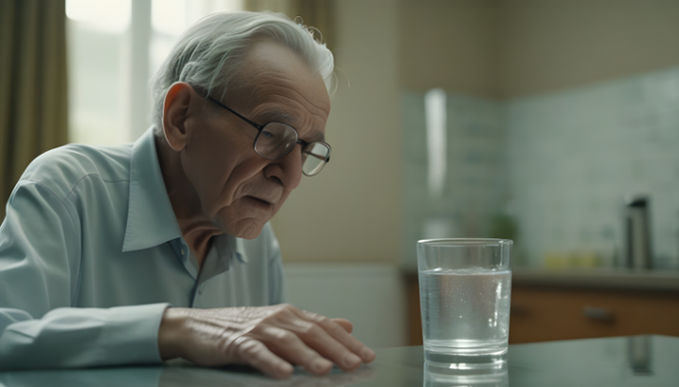What we are going to learn
Treatment For parkinson’s disease involve many approach, which are to be applied on the patient in order to get the best possible result. In this article we will learn about all the best 5 treatment option available for patients of parkinson’s. Some are the lifestyle modification and self treatment option.

Definition
Parkinson’s disease is a neurodegenerative disorder in which the neurons (nerve cells) of the brain becomes damage or dies, causing decrease in ‘dopamine’ level, which is a neurotransmitter, which carries the signal from brain to other body parts. It is a chronic and progressive condition, which means that it gets worsen over time.

Types of treatment for parkinson’s is based on the type and severity of disease but some treatment is common, in which some medications, physical therapy, occupational therapy, nutritional management and lifestyle modification are used to treat this chronic illness.
5 Best Treatment For parkinson’s disease
Here I have listed the 5 evidence based best treatment for parkinson’s disease, which can be used to treat this disease and manage the symptoms. You have to follow these treatment options to get rid of the effects and progression of the disease. Medications given here are not prescribed, you have to discuss with your doctor before consuming any medicine.
1. Medications
Medications are used to maintain the dopamine level, which is a neurotransmitter from brain, disturbed mainly in this condition, causing slow down of activities, movements and some non-motor changes like sleep cycle, mood swings and cognitive changes can also be seen in the patient of parkinson’s disease.
- Levodopa (L-DOPA) – Levodopa is used to manage the symptoms caused by defficiency of dopamine, because it converts to dopamine in brain and work on the place of dopamine.
- Dopamine agonist – Dopamine agonist work by mimic, as they mimic to be dopamine in brain and they control the symptoms and manage the condition. It can be given alone or in combination with levodopa.
2. Physical Therapy
Physical therapy is very important part of the treatment , as it helps in mobility, (which is the way you move and take steps) Balance (maintaining balance while walking without watching the ground) and flexibility (which is the maximum your muscle can stretch). These all three can be maintained by physical therapy, which involves set of pattern exercises for the strengthening and stretching of your muscles.

3. Occupational Therapy
Occupational therapy can be needed for the patient who have difficulty in doing the occupational works like writing and holding a cup of tea or buttoning the shirt. This therapy focus on fine motor skills and daily life task oriented exercise planning to do these tasks properly.
4. Speech Therapy
Speech therapy can be performed on the patients who have difficulty in swallowing food or is not available to talk. These therapy includes pronunciation, strengthening the muscles which help in swallowing and talking, to speak correctly and fluently.
5. Dietry management
Dietry management plays very important role in managing the symptoms and effects caused due to parkinson’s. You can consume ‘mucuna pruriens’ which are beans, rich in ‘levodopa’, which is one of the best compound for treatment of this disease.

Symptoms of parkinson’s disease
These are the symptoms caused due to damage in motor functions :
- Tremors – Tremors are the unusual shaking of limbs (specially in hands) which occurs involuntarily.
- Postural imbalance – Instability and difficulty in maintaining balance causes postural imbalance which increase the chance of fall.
- Bradykinesia – bradykinesia means the movement of body and other parts slow down which causes the daily life activities time consuming and also causes difficulty in doing them.
- Rigidity – Rigidity is the stiffness and inflexibility caused in the limbs and joints.
Above were the symptoms caused due to damage in motor functions and below are the non-motor function symptoms which effects other functions then motor functions like cognitive changes, sleep cycle disturbance and mood swing. Autonomic dysfunction (change in blood pressure and body temperature) may occur. below are the non-motor function symptoms of parkinson’s disease :

- Cognitive changes – loss in memory and concentration causes cognitive changes which effects the daily life of the patient. They always forget about the things and always struggles to remember the things.
- Sleep cycle disturbance – Sleep cycle disturbance can create many metabolic changes in our body which can cause mood swing and anxiety.
- Autonomic dysfunction – Autonomic dysfunction includes disturbance in blood pressure, digestion and other involuntary functions.
Read more : 7 Harvard’s Expert Tips: Slow Down Ageing and Boost Health with a Nutritious Diet
